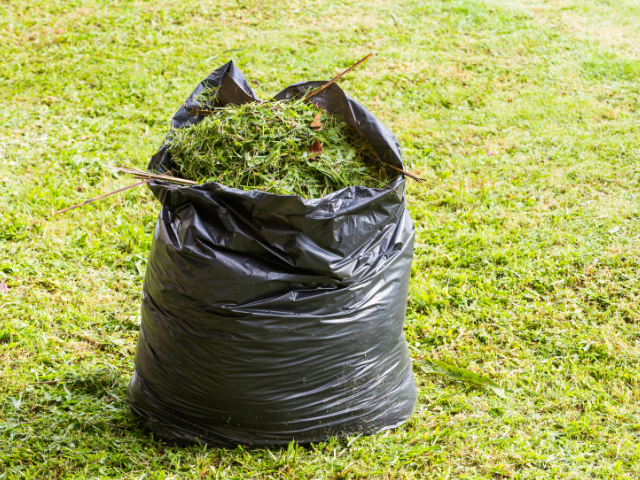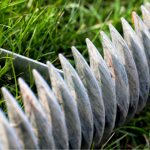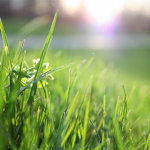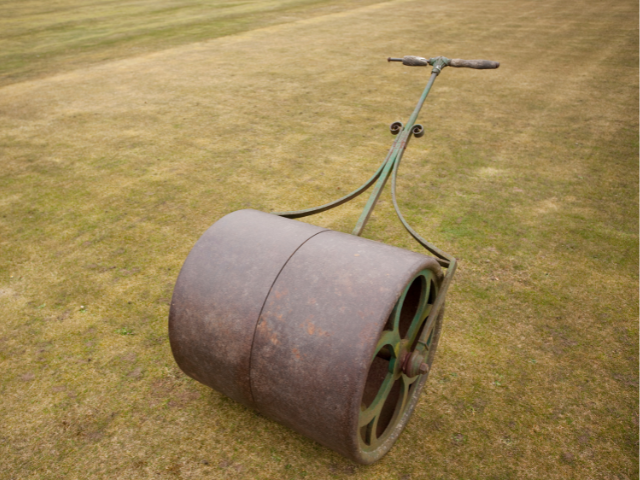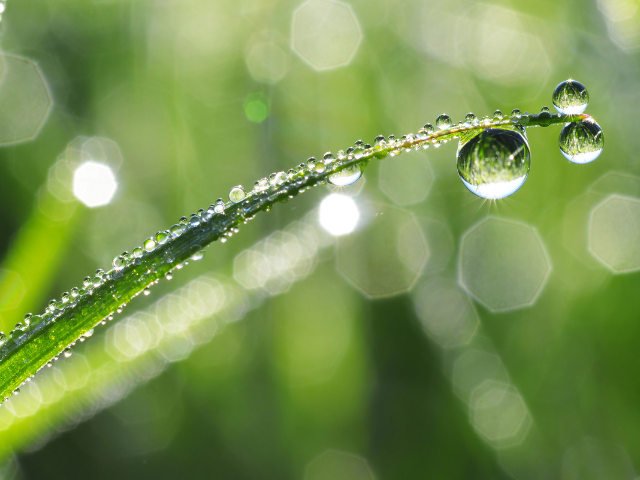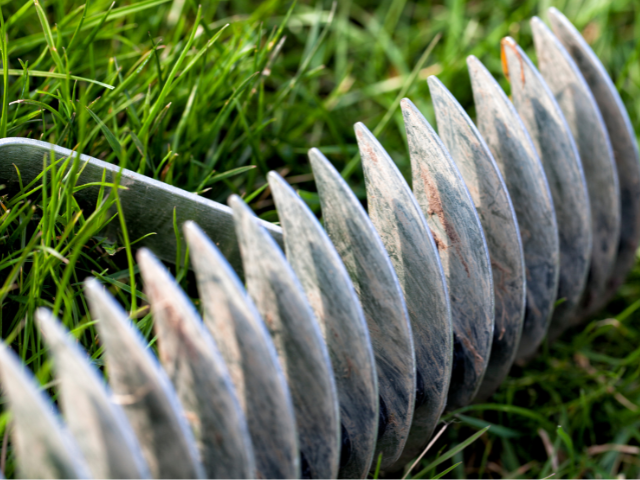When it comes to lawn care, there are a lot of questions that homeowners have. One of the most common questions is whether or not they should bag their grass clippings if they have weeds in their yard. In this comprehensive guide, we will answer that question and provide you with all the information you need to make the best decision for your lawn!
What are Bagging Grass Clippings?
Bagging grass clippings is the process of collecting your grass clippings in a bag after you mow your lawn. This is usually done with a lawnmower that has a bagging attachment. The collected grass clippings are then disposed of in a trash can or compost bin.
Why Bag Grass Clippings?
You might want to bag your grass clippings for a few reasons. One reason is that it can help keep your lawn neat and tidy. Bagging your grass clippings can also help to reduce the amount of time you spend on lawn maintenance, as you won’t have to rake up the clippings afterward.
Another reason you might bag your grass clippings is to reduce the amount of thatch on your lawn. Thatch is a layer of dead and living organic matter that can build up on your lawn over time. If there’s too much thatch, it can prevent water, air, and nutrients from reaching the roots of your grass. This can make your lawn more susceptible to disease and pests.
Bagging your grass clippings can also help to reduce the amount of fertilizer you need to use on your lawn. The clippings contain nutrients that can be beneficial for your lawn, so if you bag them and add them back to the soil, you’ll be giving your lawn a little extra boost.
Why Mulching is Important
Mulching is important for several reasons. It helps to prevent soil erosion, keeps the ground moist, and provides essential nutrients for your plants. Mulching also helps to control weeds.
There are two main types of mulch: organic and inorganic. Organic mulches include things like wood chips, bark, leaves, and straw. Inorganic mulches include materials like gravel, stones, and plastic.
Organic mulches are generally considered to be better for the environment because they break down over time and add nutrients to the soil. However, they can also harbor pests and diseases. Inorganic mulches don’t provide any nutritional value to the soil, but they last longer and don’t attract pests.
Why Mulch Grass Clippings?
Mulching your grass clippings is a great way to fertilize your lawn naturally. The nutrients in the clippings will help to promote healthy growth and green up your lawn. Mulching also helps to reduce thatch buildup, which can be beneficial for the health of your lawn.
If you have a lot of weeds on your lawn, bagging your clippings can help to prevent them from spreading. The clippings can act as a mulch that will smother the weed seeds and prevent them from germinating. However, grass clippings generally don’t contain many weed seeds, so mulching them shouldn’t contribute to a significant increase in weeds.
Mulch When to Apply
Mulch should be applied to your lawn after you’ve mowed it and removed the clippings. You can apply mulch by hand or with a spreader. For best results, apply a thin layer of mulch evenly over the entire lawn. Avoid applying too much mulch, as this can lead to thatch build-up. Mulching your lawn regularly can help to improve its appearance and health.
When to Bag vs Mulch Your Grass Clippings
If you’re debating whether to bag or mulch your grass clippings, there are a few things you should consider. If you have a lot of weeds on your lawn, you may want to bag your clippings to prevent them from spreading. However, if you have a healthy lawn with few weeds, you can probably get away with mulching your clippings.
Another factor to consider is the type of grass you have. If you have coarse-textured grass, such as Bermuda or St. Augustine, it’s best to bag your clippings. These types of grasses don’t break down well when they’re mulched, so they can actually smother your lawn if you’re not careful. Fine-textured grasses, such as fescue and bluegrass, mulch down more easily and can be safely left on the lawn.
